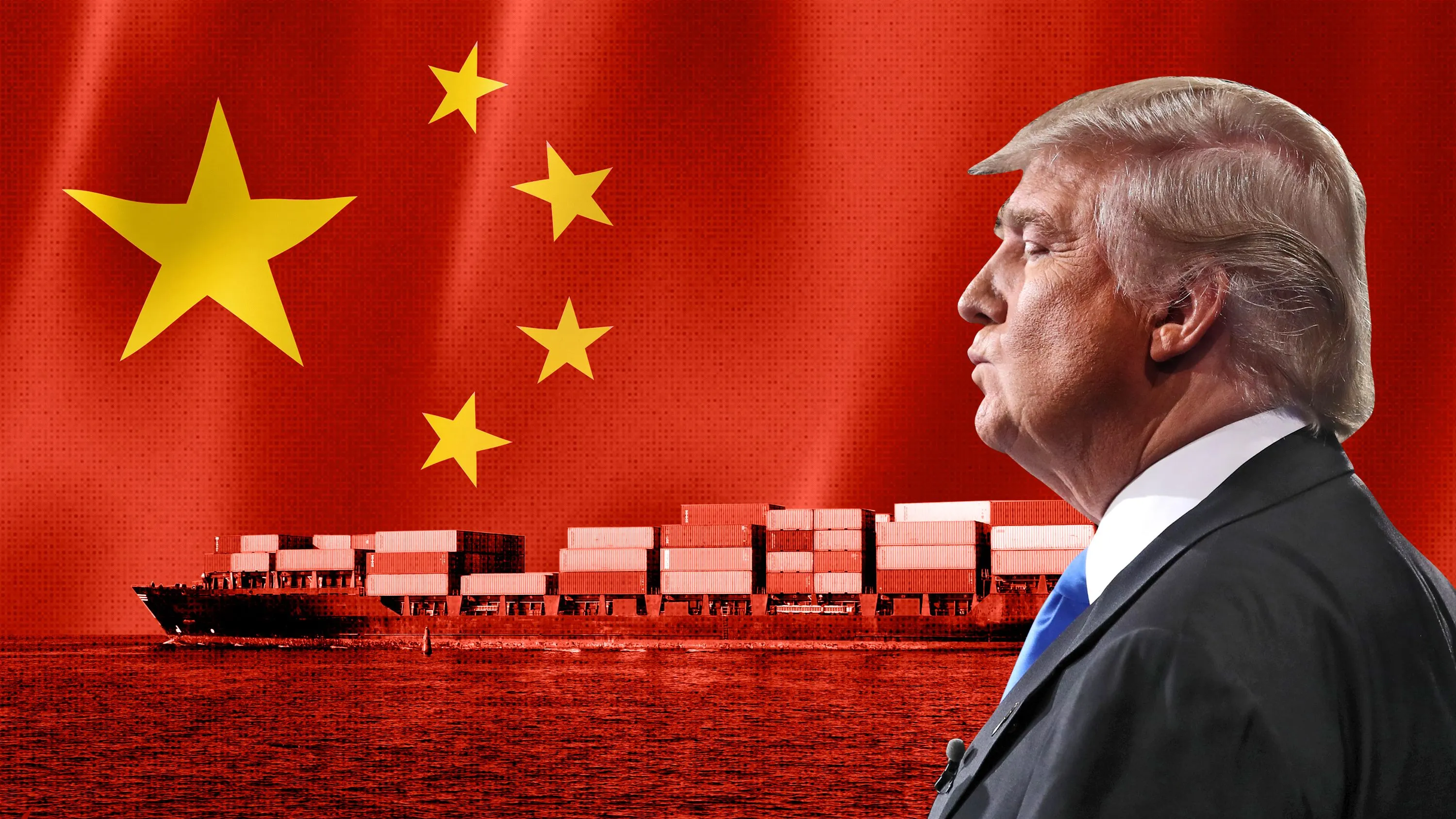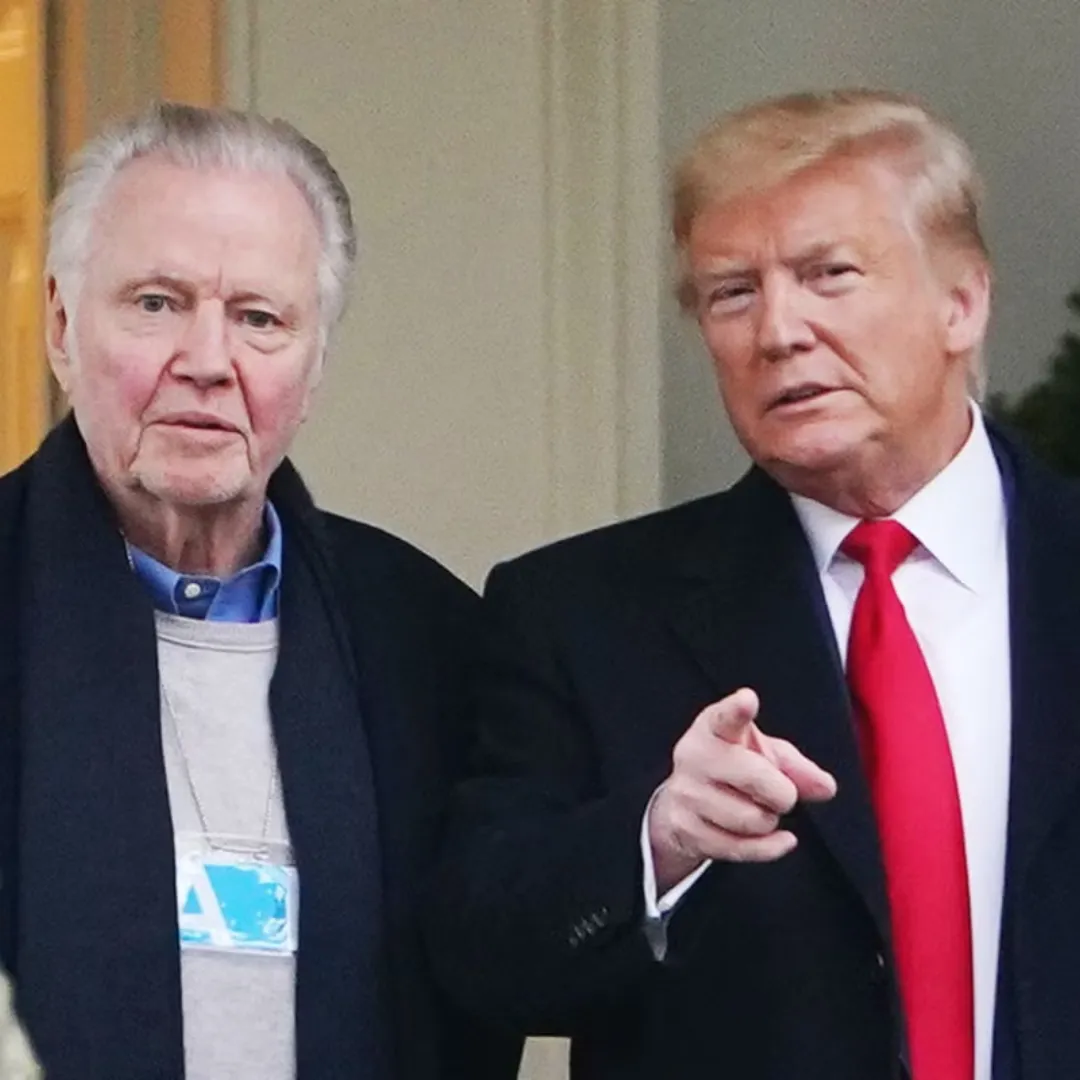
As the trade standoff between the United States and China stretches into another year, new polling suggests that American public opinion toward China may be slowly softening.
The findings come as both countries dig in their heels on opposing trade policies, raising tariffs, and resisting compromise, even as global markets remain volatile and consumers begin to feel the effects at home.
According to newly released survey data, the number of Americans with an unfavorable view of China has dropped for the first time in five years. While public opinion remains largely negative, the shift is nonetheless notable.
Last year, 84 percent of Americans held an unfavorable view of China. In 2025, that number has fallen to 77 percent. The seven-point decline may signal a subtle recalibration of how Americans perceive the relationship between the world’s two largest economies.
Observers are pointing to several possible reasons for the change, ranging from economic fatigue to strategic reevaluation.
While tensions remain high and tariffs have been extended and expanded under President Donald Trump’s administration, many Americans are beginning to question whether the ongoing trade war is serving their best interests.
In the midst of this evolving opinion landscape, President Trump has continued his aggressive trade policies. The administration has implemented tariffs as high as 145 percent on Chinese imports, a figure that reflects the administration’s insistence on what it calls fair and reciprocal trade.
China has responded with a 125 percent tariff on U.S. goods, targeting several sectors that have a significant impact on the American economy, including agriculture, electronics, and energy. In a pointed move, Beijing has also stopped accepting U.S. gas exports, further disrupting international trade flows.

Despite these mounting economic pressures, some Americans appear to be rethinking the cost of confrontation. In the same survey, one in four respondents said they believe China benefits more than the United States in the trade relationship.
Only 10 percent said the U.S. benefits more, while 25 percent said both countries benefit equally. Two percent said neither country benefits, and 16 percent said they were unsure.
Perhaps most telling is how Americans view the effect of tariffs on their own country. A majority of those surveyed, 52 percent, said they believe tariffs are bad for the United States.
That is more than double the number of respondents, 24 percent, who believe the tariffs are beneficial. Six percent said the tariffs would have no effect, and 19 percent said they were unsure of the impact.
These numbers suggest that while skepticism toward China remains, there is a growing recognition that the trade war may be doing more harm than good.
With prices for everyday goods rising and uncertainty continuing in global markets, many are beginning to question whether the current course is sustainable.
Meanwhile, the Trump administration has doubled down on its approach. In a move that further isolated China, President Trump recently approved a 90-day suspension of reciprocal tariffs for every country except China.
The White House described the move as a signal of good faith toward global trading partners and a challenge to Beijing to change course. Commerce Secretary Howard Lutnick praised the decision, saying it demonstrated the administration’s commitment to restructuring global trade.

“ The world is ready to work with President Trump to fix global trade, and China has chosen the opposite direction, ” Lutnick said in a statement posted to the social platform X.
China’s response has been firm and unapologetic. Officials in Beijing have framed the Trump administration’s actions as aggressive and self-serving, accusing Washington of undermining the rules-based international trade system for political gain.
The Chinese Foreign Ministry made clear that Beijing is prepared to continue the conflict for as long as necessary.
“ If the U.S. decides not to care about the interests of the U.S. itself, China and the rest of the world, and is determined to fight a tariff and trade war, China’s response will continue to the end, ” said Foreign Ministry spokesperson Lin Jian during a briefing earlier this week.
The tone from both sides suggests that there is little appetite for compromise, even as the economic consequences begin to spread. For American consumers, the impact is already being felt in the form of higher prices on imported goods.
U.S. exporters, especially those in the agricultural and manufacturing sectors, are reporting reduced demand and disrupted supply chains. Retailers are warning of continued inflationary pressure, and economists say that a prolonged trade conflict could further dampen consumer confidence.
For China, the effects are no less severe. Chinese companies that rely on access to the American market are facing steep barriers and declining revenues.
Manufacturers are looking to pivot toward new markets in Europe and Africa, but the process is slow and costly. Chinese officials have sought to project strength, but internal reports suggest that the economic strain is increasing.

The broader question remains whether either side can afford to sustain the trade war indefinitely. Analysts argue that both countries are locked in a test of endurance, each hoping the other will blink first.
For the Trump administration, the trade conflict has become a key piece of its broader political narrative. Officials portray the standoff as a necessary fight to defend American industries and reassert global leadership.
For China, backing down could be seen as a loss of face and a retreat from its rising influence on the global stage.
Despite the rhetoric, some signals suggest that both countries are leaving the door open for future negotiation. Recent reports indicate that low-level talks have continued behind the scenes, even as public statements remain combative.
Officials from both countries have participated in international forums where informal exchanges have occurred, hinting at the possibility of future dialogue.
Still, the stakes are high, and the political risks are significant. For President Trump, who is facing scrutiny over the economic consequences of his policies, finding a resolution that looks like a win is crucial.
His administration has argued that short-term pain is necessary for long-term gain, but with an election looming, the patience of voters may begin to wear thin.
For Chinese leaders, the challenge is to maintain domestic confidence while navigating external pressure. The trade war has become a symbol of defiance and national strength, but continued economic disruption could begin to erode that narrative.

In the meantime, American public opinion continues to evolve. The decline in unfavorable views of China may reflect a broader recognition that the global economy is complex and that simplistic solutions often create new problems.
Americans may remain wary of China, but they are also increasingly skeptical of policies that appear to do more damage at home than abroad.
That skepticism could have implications for future trade policy. If the public continues to sour on tariffs, pressure may grow on lawmakers and presidential candidates to seek alternatives.
Bipartisan support for a more measured approach to trade could emerge, especially if economic conditions worsen.
It is also possible that public opinion will shift again if tensions escalate or if either country makes a significant move that changes the narrative.
For now, though, Americans seem to be caught between two competing impulses — a desire to push back against China’s rise and a growing recognition that the current strategy may not be working.
As both countries prepare for another round of strategic maneuvering, the eyes of the world remain fixed on Washington and Beijing. The choices made in the coming months will shape not only the future of the U.S.-China relationship but also the direction of the global economy.

Whether a breakthrough can be achieved remains uncertain. But what is clear is that Americans are paying attention, and their views are shifting, even if their leaders have yet to follow.



